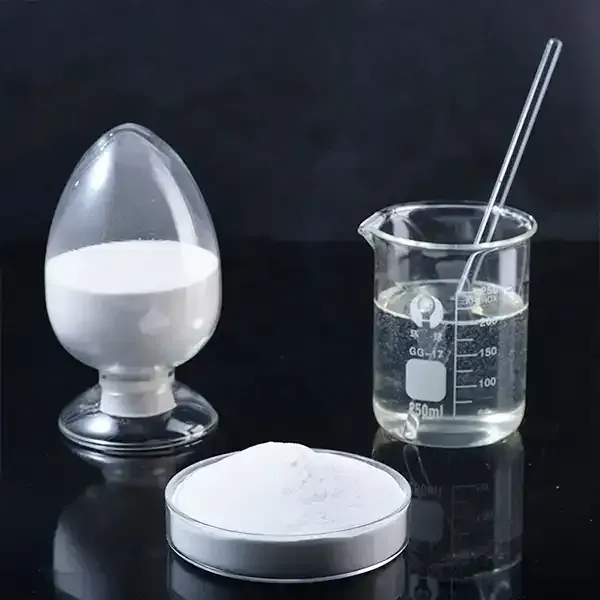Hydroxyethyl Cellulose An Overview
Hydroxyethyl cellulose (HEC) is a non-ionic, water-soluble polymer derived from cellulose, a natural polymer sourced from plant cell walls. It is primarily produced through the etherification of cellulose with ethylene oxide, resulting in a versatile compound that finds applications across multiple industries, including pharmaceuticals, cosmetics, food, and construction. Its unique properties, such as thickening, gelling, and stabilizing abilities, make HEC a valuable ingredient in various formulations.
One of the key attributes of hydroxyethyl cellulose is its ability to modify the viscosity of solutions. This property is pivotal in many formulations where the thickness of a product is crucial for performance. In the cosmetic industry, for example, HEC is often used in skincare and haircare products to ensure an even consistency, improve texture, and enhance the spreadability of creams, gels, and lotions. Its water-retention capability also aids in moisture retention, making it an excellent choice for hydrating products.
In pharmaceutical applications, HEC serves as a reliable excipient. It can be incorporated into ointments, gels, and tablets, where it acts as a binding agent and helps retain moisture, which is essential for maintaining consistency and stability. Furthermore, HEC's biocompatibility ensures that it is safe for use in medicinal products, making it an attractive option for formulators looking for reliable excipients.
The food industry also benefits from hydroxyethyl cellulose, where it serves as a thickening agent and stabilizer
. In various food products such as dressings, sauces, and dairy items, HEC helps improve the texture and mouthfeel, enhancing sensory attributes while extending shelf life. Its ability to form a gel-like structure at low concentrations is particularly useful in creating stable emulsions, which are critical in maintaining the desired quality of food products.hydroxyethyl cellulose

Moreover, HEC plays a significant role in construction and building materials. It is commonly utilized in cement-based formulations and tile adhesives, where it improves workability and enhances water retention. These properties are essential for ensuring that the materials remain workable for extended periods, allowing time for application without compromising the final outcome. In plastering compounds, HEC aids in controlling consistency and improving adhesion to surfaces.
Another noteworthy quality of hydroxyethyl cellulose is its environmental safety. Being derived from cellulose, which is renewable, HEC is regarded as a green alternative to synthetic polymers. Its biodegradability and non-toxic nature make it an appealing choice for eco-conscious formulators seeking to reduce the environmental impact of their products.
Despite its many advantages, the use of hydroxyethyl cellulose is not without challenges. Variations in the degree of substitution, molecular weight, and the production process can lead to differences in product performance. As a result, formulators must choose the right grade of HEC tailored to specific applications, ensuring the desired viscosity, stability, and compatibility with other ingredients.
In conclusion, hydroxyethyl cellulose is a multifunctional polymer with a broad range of applications across various industries. Its thickening, stabilizing, and gelling properties make it essential in cosmetics, pharmaceuticals, food, and construction. As industries continue to innovate and seek high-performance, eco-friendly ingredients, HEC's role is likely to expand further, contributing to the development of products that are both effective and sustainable. With ongoing research and advancements in polymer science, the future of hydroxyethyl cellulose looks promising, paving the way for enhanced formulations that meet the evolving needs of consumers worldwide.
-
The Application and Significance of Construction RdpNewsMay.19,2025
-
Industrial Grade HpmcNewsMay.19,2025
-
Building Coating Adhesive Building Coating Adhesive HpmcNewsMay.19,2025
-
Application Of Hpmc For Detergent For Detergent In DetergentsNewsMay.19,2025
-
Application Of Hpmc Cellulose In Cement-Based MaterialsNewsMay.19,2025
-
Application Of High Quality Hpmc For Construction In The Field Of ConstructionNewsMay.19,2025




